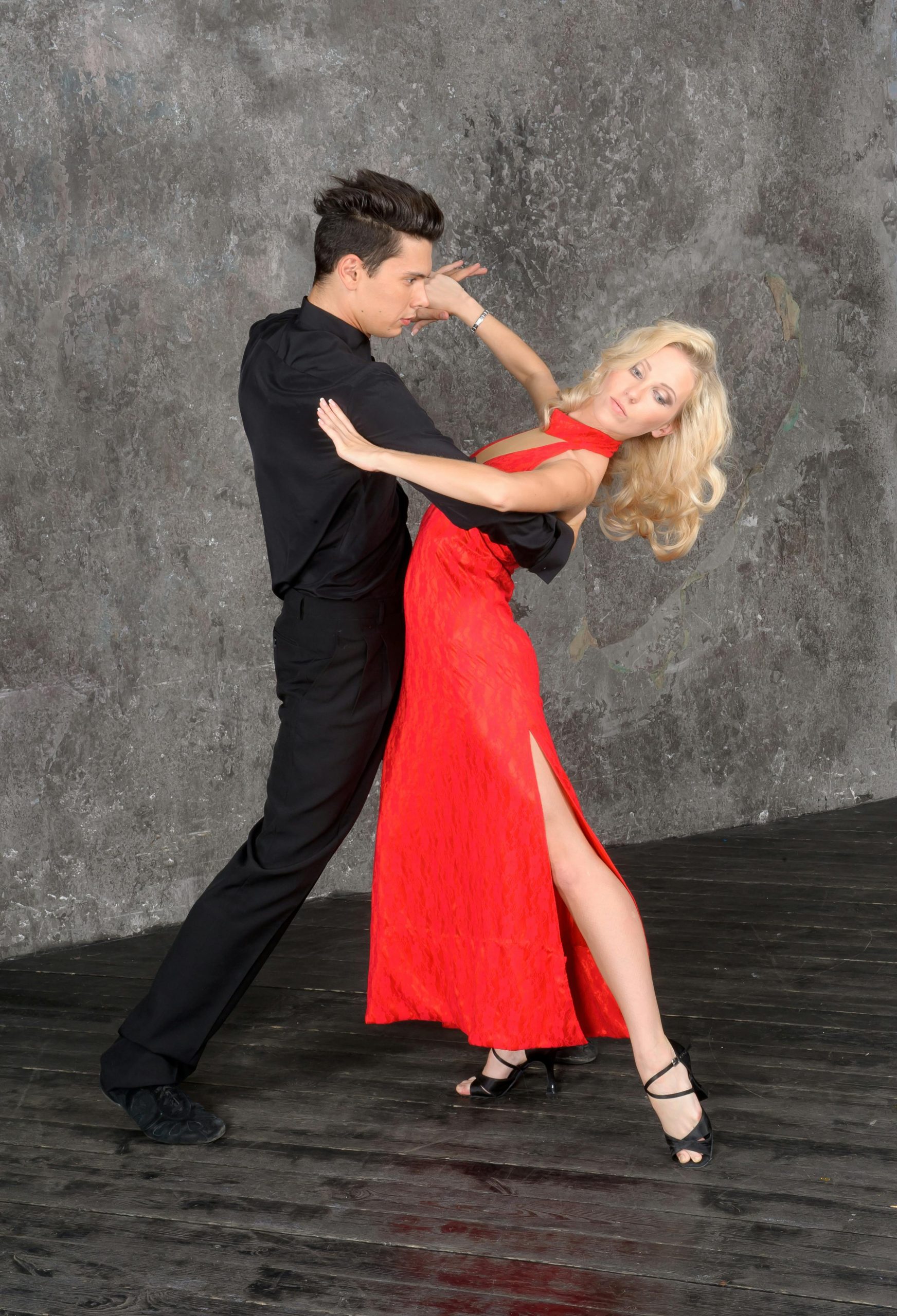Introduction:
India’s rich tapestry of traditional attire is not just a matter of fashion; it’s a vibrant narrative of the country’s mythological heritage. The profound influence of mythology on India’s traditional dresses reflects centuries-old stories, deities, and cultural beliefs, weaving them into the fabric of everyday life. This article explores how mythology shapes the designs, motifs, and symbolism found in Indian traditional wear, casting a spotlight on the ethereal connection between ancient lore and contemporary fashion.



The Divine Inspiration:
Indian mythology, with its pantheon of gods and goddesses, epic tales, and sacred scriptures, serves as a boundless source of inspiration for traditional attire. Garments often feature designs and symbols directly inspired by mythological narratives, offering more than just aesthetic appeal—they serve as amulets of protection, prosperity, and virtue.
- Saree Motifs: The saree, India’s quintessential garment, frequently showcases motifs like the lotus, peacock, and elephant, each with its mythological significance. The lotus, associated with Goddess Lakshmi, symbolizes purity and spiritual enlightenment, while the peacock, the mount of Lord Kartikeya, represents beauty and grace.
- Dhoti and Kurta: The dhoti, traditionally worn by Hindu men, echoes the attire of deities like Lord Krishna and Lord Ram, symbolizing virtue and simplicity. The kurta, too, draws inspiration from ancient royal dress, reflecting the regal and divine essence of mythological heroes.
Colors with Mythological Roots:
Color plays a crucial role in Indian traditional wear, with each hue echoing mythological tales and celestial bodies.
- Red: Symbolizing strength, courage, and the goddess Durga’s power, red is a favored color for Hindu brides, embodying the fire’s purity and auspiciousness.
- Saffron: Representing wisdom and religious abstinence, saffron is revered in Hinduism, Buddhism, and Sikhism, often worn by monks and priests.
- Green: Associated with fertility, life, and the harvest, green mirrors the adventures of deities in lush forests and meadows, making it a popular choice for festive attire.
Jewelry and Mythological Symbolism:
Traditional Indian jewelry is replete with symbols derived from mythology, each piece telling a story or invoking divine blessings.
- Mangalsutra: Worn by married Hindu women, the mangalsutra’s black beads protect against evil, inspired by Shiva’s power to destroy negativity.
- Navaratna: The navaratna, or nine gems, each represents a celestial deity in Hindu astrology, believed to bring health, wealth, and power to the wearer.
Festivals and Mythological Attire:
India’s numerous festivals offer a window into the mythological influences on traditional attire, with specific garments and colors worn to honor different deities and legends.
- Diwali: Celebrating the victory of light over darkness, garments in vibrant colors and gold mirror the richness and joy of the festival, reminiscent of Goddess Lakshmi’s prosperity.
- Janmashtami: Marking Lord Krishna’s birth, attire in shades of yellow and blue reflects his depicted colors, along with peacock feather accessories symbolizing his divine love and valor.
Conclusion:
The influence of mythology on India’s traditional dresses is a testament to the enduring power of these ancient narratives in shaping cultural identity and personal expression. By donning attire inspired by mythology, individuals connect with their heritage, celebrate their beliefs, and keep the stories of gods and goddesses alive in the modern world.
In embracing mythological motifs and colors, India’s traditional attire transcends mere clothing to become a canvas for storytelling, spirituality, and a celebration of the divine, weaving the threads of the past into the fabric of the present.

